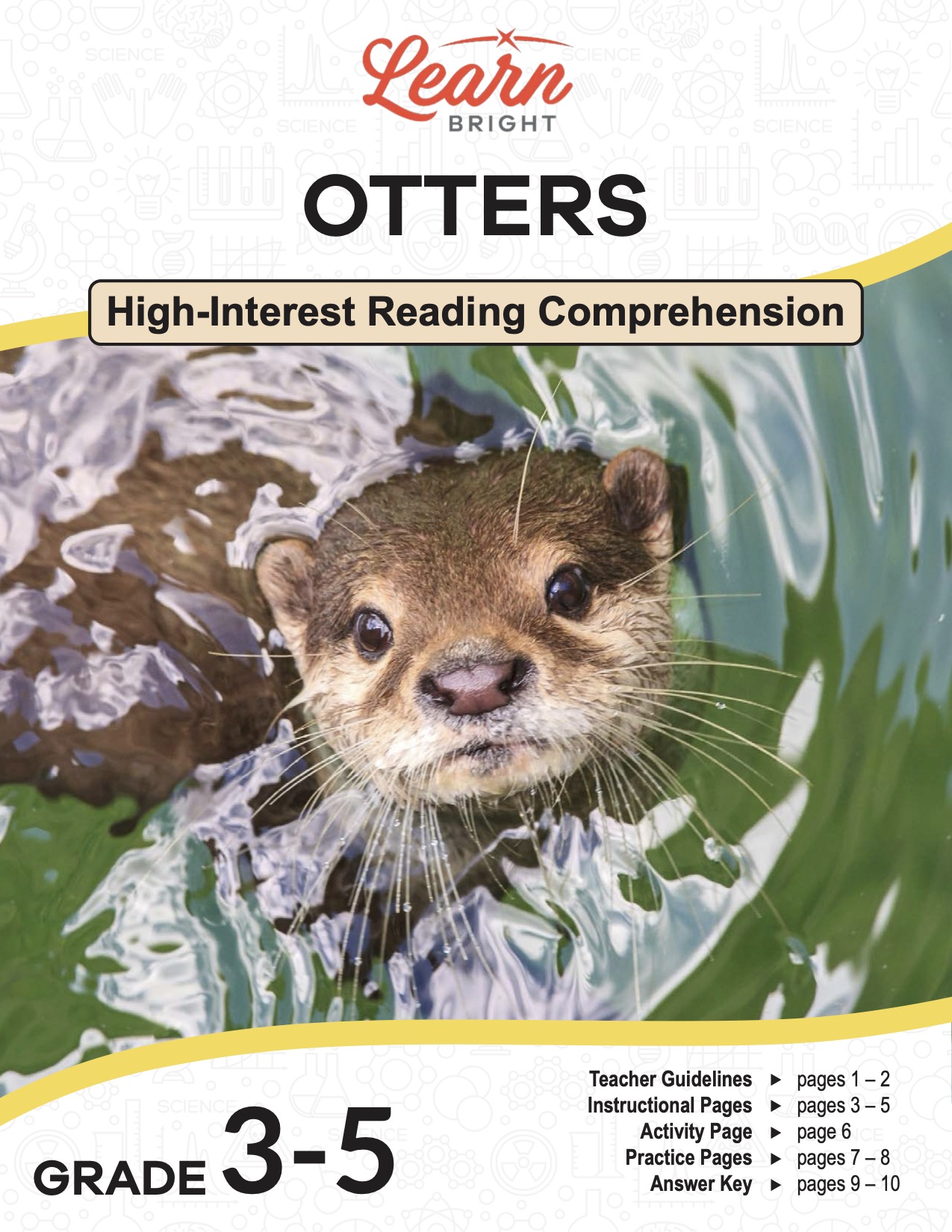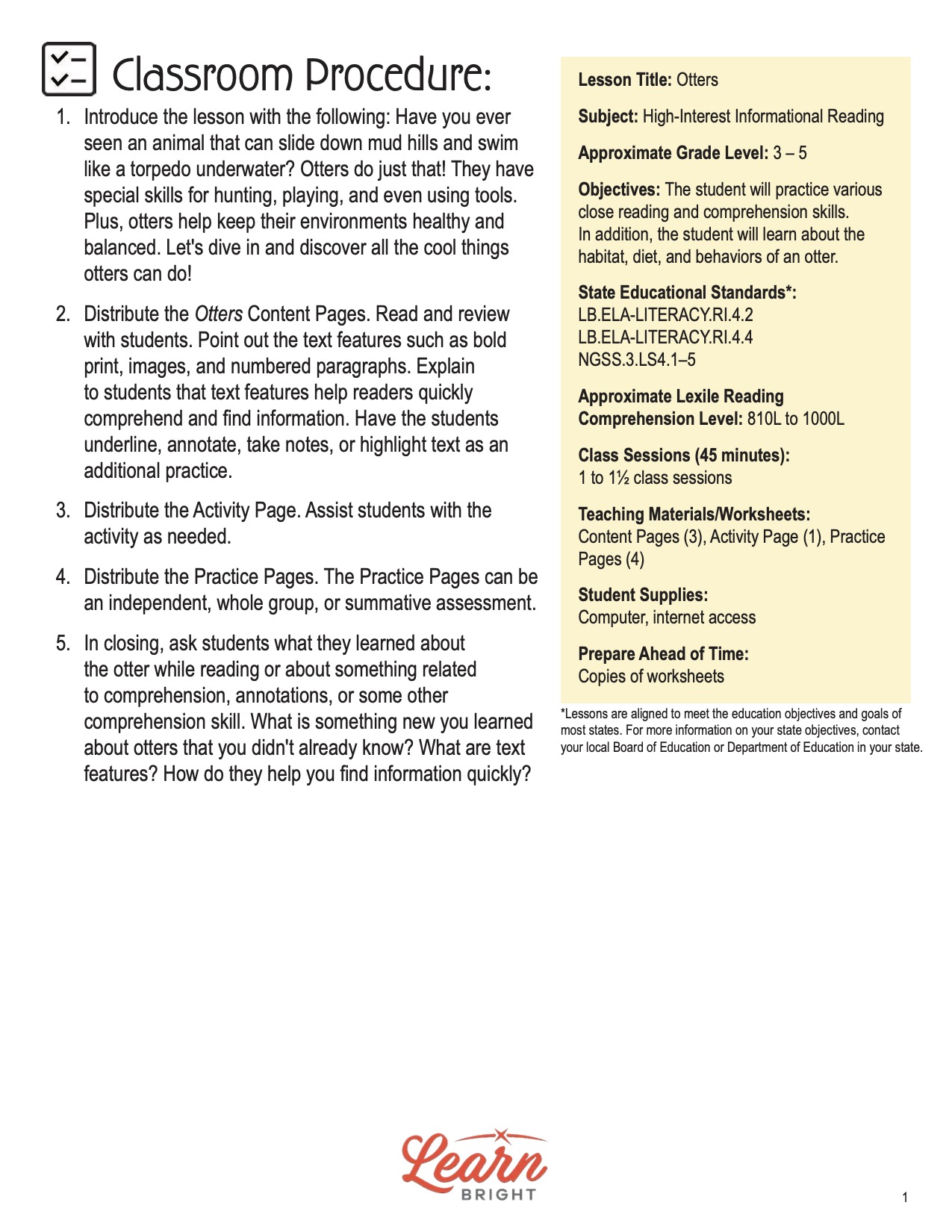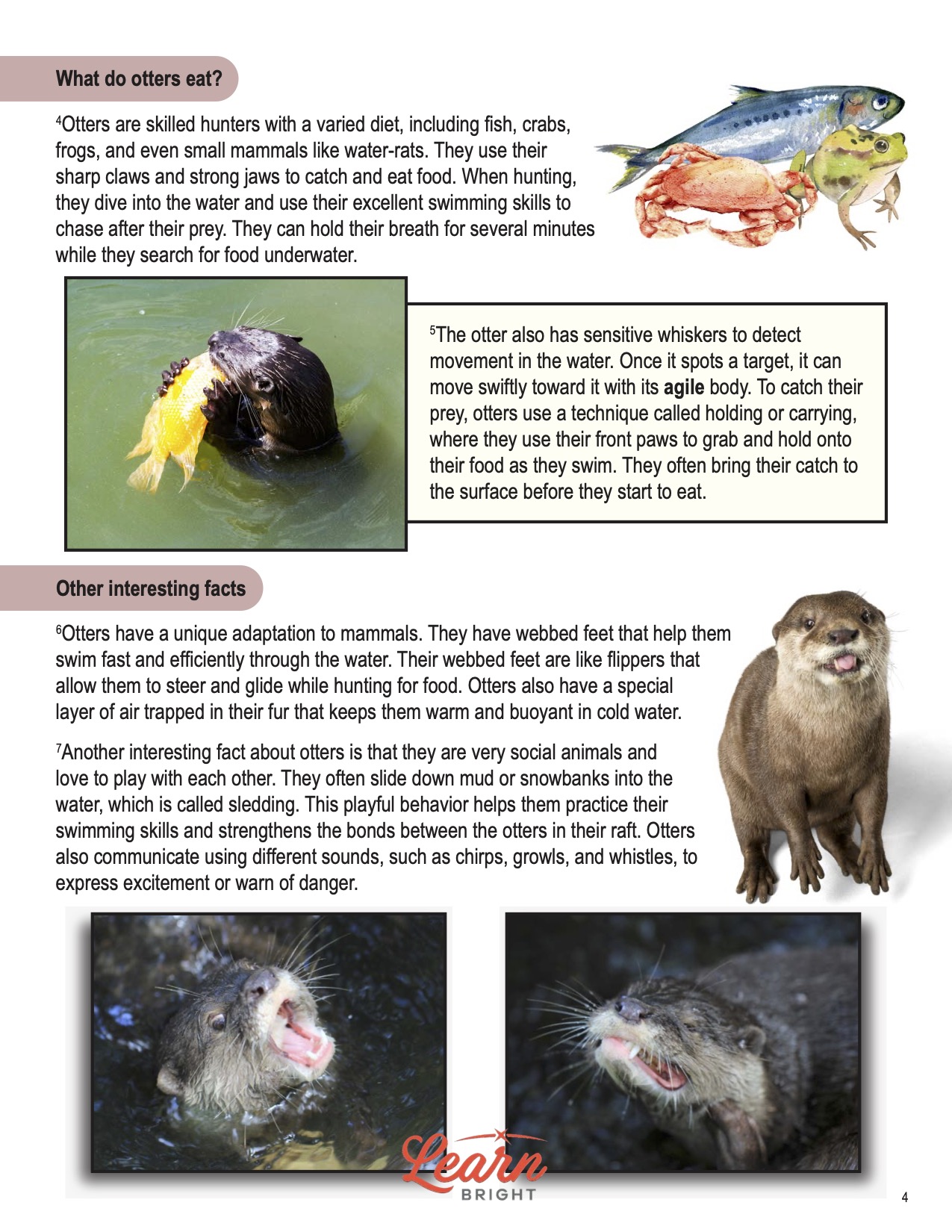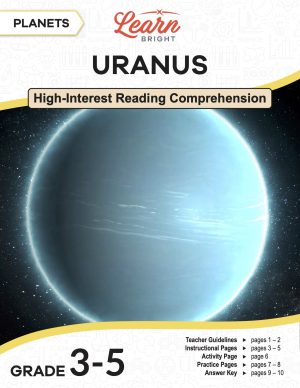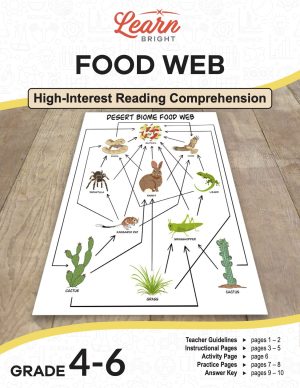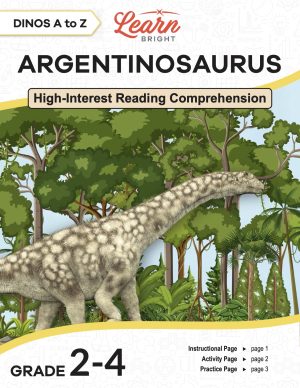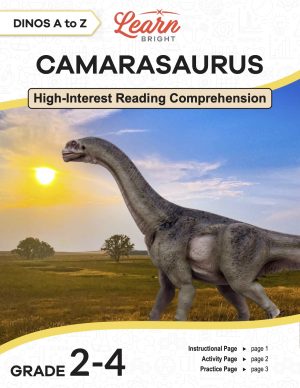Description
What our Otters lesson plan includes
Lesson Objectives and Overview: Otters is a high-interest reading comprehension lesson plan. As such, students will practice various close reading and comprehension skills. In addition, they will learn about the otter’s habitat, diet, and behaviors. This lesson is for students in 3rd grade, 4th grade, and 5th grade.
Classroom Procedure
Every lesson plan provides you with a classroom procedure page that outlines a step-by-step guide to follow. You do not have to follow the guide exactly. The guide helps you organize the lesson and details when to hand out worksheets. It also lists information in the yellow box that you might find useful. You will find the lesson objectives, state standards, and number of class sessions the lesson should take to complete in this area. In addition, it describes the supplies you will need as well as what and how you need to prepare beforehand.
Teacher Notes
The teacher notes page provides an extra paragraph of information to help guide the lesson and remind you what to focus on. It explains that you can teach this lesson in a whole-class setting or as an independent, small-group activity. The blank lines on this page are available for you to write out thoughts and ideas you have as you prepare the lesson.
OTTERS LESSON PLAN CONTENT PAGES
What’s an Otter?
The Otters lesson plan contains three content pages. It begins by providing a box of background information about this animal. Otters are mammals that live that live all over the world, except for Australia and Antarctica. They are carnivores and love to feast on meat. Their life span is generally between 10 and 15 years.
Otters are adorable semi-aquatic mammals that live all around the world. They have long, slender bodies covered in thick, waterproof fur. Their fur keeps them warm and dry while swimming. Otters come in a range of colors depending on the species. Most otters have brown or dark-brown fur, which helps them blend in with their surroundings in rivers and forests. Some species, like the sea otter, have lighter, silver-gray fur on their backs and a cream-colored belly. Their fur can also have a slight sheen or pattern, making each otter unique!
Usually, otters live in groups called rafts when they are in the water. Depending on the species, the rafts can include a few otters or many of them. Otters spend much time together in these groups, playing with each other and helping one another find food. They live in habitats such as rivers, lakes, and coastal areas worldwide. Some species prefer freshwater environments, while others thrive in saltwater habitats.
Female otters give birth to baby otters, called pups, in a safe place, like a den or a hidden spot along the riverbank. The mother otter keeps the pups warm and protected and teaches them to swim and catch food. Similar to human children, otter pups are very playful and spend a lot of time learning new skills from their families, which helps them become independent as they grow up.
What Do They Eat?
Otters are skilled hunters with a varied diet, including fish, crabs, frogs, and even small mammals like water-rats. They use their sharp claws and strong jaws to catch and eat food. When hunting, they dive into the water and use their excellent swimming skills to chase after their prey. They can hold their breath for several minutes while they search for food underwater.
The otter also has sensitive whiskers to detect movement in the water. Once it spots a target, it can move swiftly toward it with its agile body. To catch their prey, otters use a technique called holding or carrying, where they use their front paws to grab and hold onto their food as they swim. They often bring their catch to the surface before they start to eat.
Interesting Facts
Otters have a unique adaptation to mammals. They have webbed feet that help them swim fast and efficiently through the water. Their webbed feet are like flippers that allow them to steer and glide while hunting for food. Otters also have a special layer of air trapped in their fur that keeps them warm and buoyant in cold water.
Another interesting fact about otters is that they are very social animals and love to play with each other. They often slide down mud or snowbanks into the water, which is called sledding. This playful behavior helps them practice their swimming skills and strengthens the bonds between the otters in their raft. Otters also communicate using different sounds, such as chirps, growls, and whistles, to express excitement or warn of danger.
Otters are intelligent and resourceful animals. They use rocks and other items as tools to perform certain tasks to get food. Sea otters use rocks to crack open the hard shells of sea urchins or clams to get to the tasty food inside. Otters often keep their favorite tools in unique places, like their armpit pockets, so they always have them handy for their next meal.
Why Otters Are Important to the Environment
These cute creatures play a significant role in keeping their environment healthy and balanced in different ways. River otters help control fish populations in rivers and lakes by eating them, which prevents overpopulation. Sea otters are especially important in kelp forests. They eat sea urchins, which can otherwise overgrow and damage the kelp. By keeping sea urchin numbers in check, sea otters help maintain the health of the kelp forests, which provide homes for many other marine creatures.
Unfortunately, some otter populations are starting to disappear, which means they are endangered. This can happen because of pollution, habitat loss, and hunting. To help protect otters, people are working to keep their homes clean and safe and creating laws to protect these animals from harm.
OTTERS LESSON PLAN WORKSHEETS
The Otters lesson plan includes two worksheets: an activity worksheet and a practice worksheet. Each one will help students solidify their grasp of the material they learned throughout the lesson. You can refer to the classroom procedure guidelines to know when to hand out each worksheet.
WORLD OTTER DAY ACTIVITY WORKSHEET
For the activity, students will create a social media post with a message about how amazing otters are. The goal is to put otters on the map and at the forefront of people’s minds.
OTTERS REVIEW PRACTICE WORKSHEET
The practice worksheet lists 10 questions based on the content. These questions all relate to the content pages, so students will need to refer to them often for the answers. In addition, each question provides which reading tool the question corresponds to, such as text feature, vocabulary, or comprehension.
Worksheet Answer Keys
At the end of the lesson plan document is an answer key for the practice worksheet. The correct answers are all in red to make it easier for you to compare them with students’ responses. If you choose to administer the lesson pages to your students via PDF, you will need to save a new file that omits these pages. Otherwise, you can simply print out the applicable pages and keep these as reference for yourself when grading assignments.

